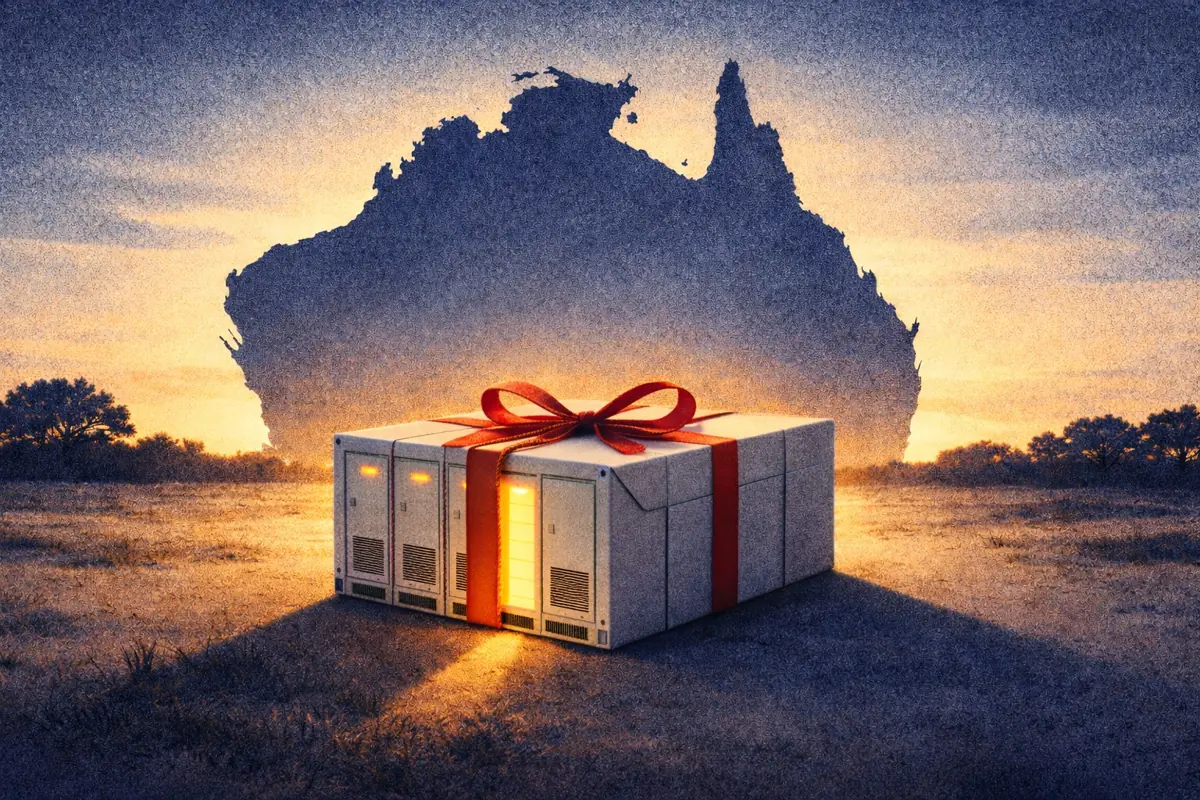Cycling your battery: what’s the value of a cycle?
With more markets than ever before for batteries to participate in, operational strategy is key. Not only do optimizers need to maximize revenues - they also need to take cycling into account.
You might think that the more a battery cycles, the more money it makes. But what is the actual value of a cycle?
Headlines
- Ultimately, the value of a cycle depends on a combination of factors - the market you’re in, when you’re cycling, and the duration of your battery.
- Since 2021, performing two cycles a day in the day-ahead market has produced 12-14% more revenue (on average) than performing just one.
- In the past six months, the average number of daily cycles that batteries perform has increased from 0.5 to 0.8.
- This is due to saturation in Dynamic Containment. With high prices in the service now largely a thing of the past, batteries have lost the ability to generate high revenues with fewer cycles.
So, let’s dive into it.
What is a cycle?
A cycle just means one full discharge of a battery’s capacity. For example, a 100 MWh battery energy storage system has completed a cycle each time it has discharged 100 MWh.
This can either be done in one go (such as when wholesale trading), or in smaller bursts across a longer period of time (such as when providing frequency response). Figure 1 (below) shows how a battery might cycle in two different ways, on two different days.

Why cycling matters: the link to degradation
Cycling impacts degradation - and are therefore a key component in the warranties of lithium-ion battery energy storage systems. To find out more, read our explainer here.
How much do batteries in Great Britain cycle?
Figure 2 (below) shows the average daily cycling rate of batteries in Great Britain.

- Since January 2021, batteries have performed an average of 0.58 cycles a day.
- Before autumn 2021, most assets were consistently providing Dynamic Containment. This is a low-cycling service - which, before saturation, provided healthy revenues.
- High day-ahead prices in September 2021 caused a jump in cycling rates.
- As new services emerged, and Dynamic Containment requirements became more stringent, the fleet diversified its operations. This resulted in more variation in cycling.
- By May 2022, the fleet was participating more consistently in higher-cycling services - such as monthly Firm Frequency Response (FFR), and new services like Dynamic Regulation and Dynamic Moderation.
- Since October 2022, when Dynamic Containment became saturated, average daily cycles have increased to 0.8.
How are individual assets cycling?
Figure 3 (below) shows the average daily cycles of Balancing Mechanism-registered batteries (BMUs) in 2022.

While most assets performed less than one cycle a day - some cycled much more than this. Let’s have a look at two assets at different ends of the daily cycle spectrum.
- Pelham performed 1.6 cycles per day. This is largely because it has a duration of 45 minutes. It made most of its revenue through FFR and Dynamic Containment. With its lower duration, it needs to cycle more to provide FFR than one-hour systems.
- At the other end of the scale, Fideoak Mill, a 1-hour battery, cycled just 0.2 times per day. It generated most of its revenue through Dynamic Containment.
Figure 4 (below), shows the distribution of the cycling each of the assets did during 2022.

- As you can see, the range in the number of cycles that different assets provide is considerable - even in cases where the average number of cycles is similar.
Cycling by duration
As seen above, lower-duration batteries need to cycle more to keep up with requirements in certain services.
Figure 5 (below) shows the average daily cycles of batteries since 2021 - grouped by system duration and year.

- Batteries of all durations have cycled more since 2021.
- In general, the lower the duration, the more cycles a battery does.
But what about two-hour batteries? Why do they buck this trend? Well, it’s because most two-hour assets will have come online in the past year. These assets will have mostly participated in Dynamic Regulation - which is a high-cycling service, even for two-hour systems.
Ancillary services are the biggest factor determining cycles
Providing different frequency response services can have very different outcomes for cycling, and this is the main factor causing fleet cycling to change.
Figure 6 (below) shows the cycling requirements of different frequency response services (for a one-hour system).

- Dynamic Containment is an extremely low-cycling service. This brings down the average cycling of any assets providing this service.
- Assets performing Dynamic Regulation, and to a lesser extent, monthly FFR, see much higher cycling rates.
Does more cycling equal more money?
Figure 7 (below) shows the relationship between cycling rates and revenues.

- Before October 2022 (and saturation in Dynamic Containment), low-cycling assets were still earning high revenues.
- Since October 2022, a stronger correlation between cycling and revenues has emerged. Generally, assets that cycle more earn more money.
However, there is a trade-off. A higher cycling rate can limit the lifetime of a battery, void warranties, and reduce its ability to make money in the long term. The additional costs of increased cycling need to be weighed up against any uplift in revenue.
Wholesale trading
In the wholesale market, a battery will often complete one or even two whole cycles in a day. So, does doubling your cycles double your revenues?
Figure 8 (below) shows the average revenue increase of performing two cycles per day compared to just one - since January 2021, in the day-ahead wholesale market.

It’s all about timing
The value of an additional cycle in the wholesale market can be much greater than 14%. If an asset is able to take advantage of two price rises in a day (instead of just one), the battery could almost double its revenue.
Figure 9 (below) shows a battery performing one cycle vs. two cycles, on 10th February 2022 (based on the Modo Dispatch model).

- In this case, the battery could’ve made 75% more money by performing a second cycle.
Price spikes don’t see the same return on cycling
Price spikes in the wholesale market, which usually happen in winter, provide a significant revenue boost for batteries. The benefit of a second cycle on a high-price day can vary. This is why the average revenue uplift from a second cycle only sits at 12-14%.
It is extremely unlikely a battery could achieve twice the revenue - but on a £/MW basis, it could still be very lucrative.
- For example, on 12th December 2022 (based on the Modo dispatch model), a battery could have earned an extra £191/MW by cycling during high prices in the morning and in the evening price spike.
- On 10th February 2022, the additional cycle was worth only £34/MW.
However, in general, cycling twice on days with high prices will look more like what is shown in Figure 10 (below).

- In this case - 14th January 2022 (based on the Modo dispatch model) - the battery would’ve made just £6/MW more (a 1% increase) by performing a second cycle.
So, what is the value of a cycle?
The short answer is: it depends - on the market you’re in, on when you cycle, and on the duration of your battery.
As battery energy storage technology develops, we can expect to see newer assets come online with warranties for higher cycling. This could help to give assets the flexibility to participate in high-cycling services, while taking advantage of ad-hoc, high-cycle/high-revenue opportunities when they arise. Growing opportunities in intraday markets trading and the Balancing Mechanim may even see batteries exceeding two cycles per day on a more regular basis.







